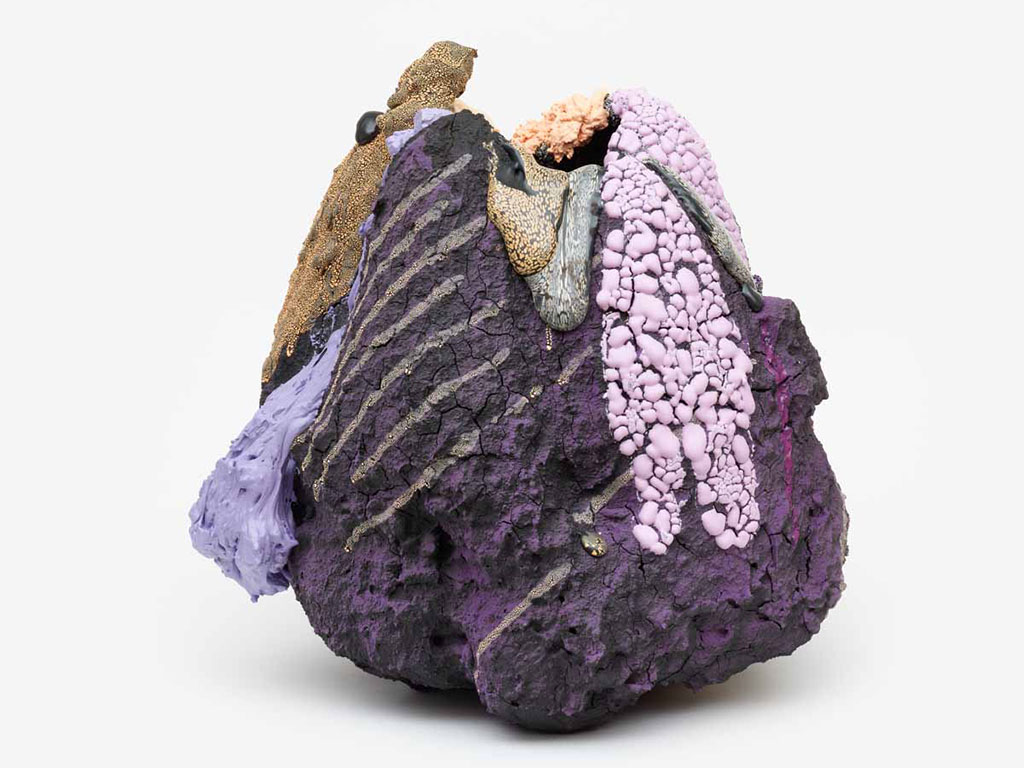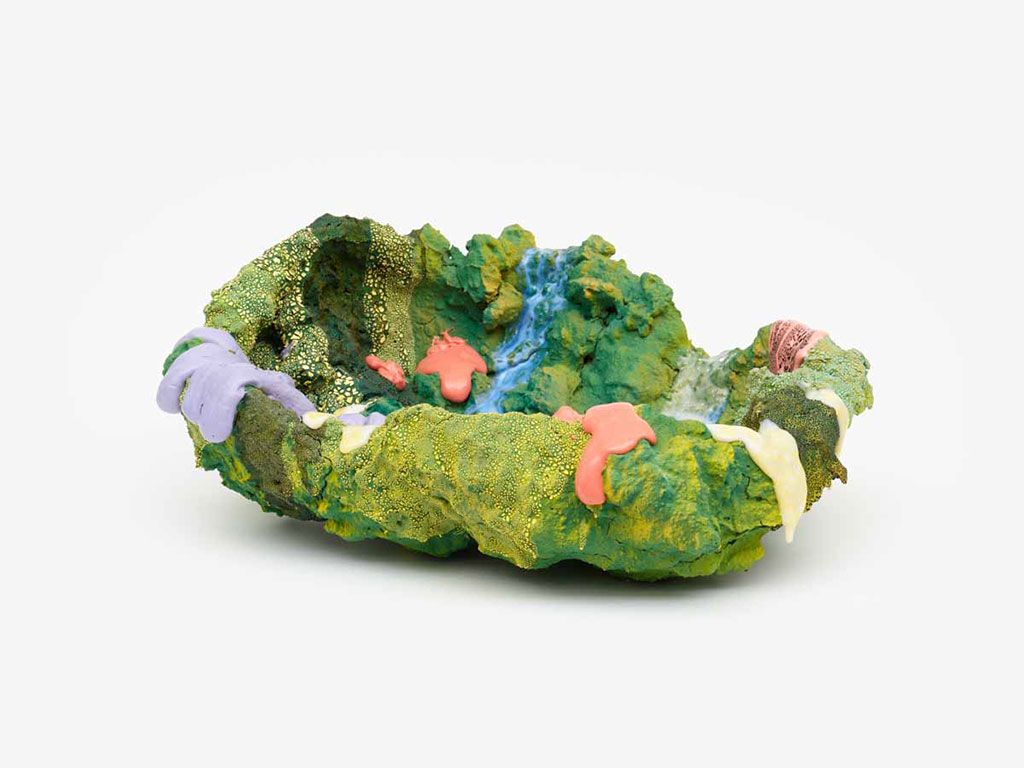ART CITIES:Monaco-Artifices Instables, Stories of Ceramics
 The exhibition “Artifices instables, Stories of ceramics” presents a journey through inventions and experiments highlighting the diversity of shapes and decorations of ceramics, as well as its production processes. These different stages of production – the selection and preparation of clay, the shaping, the finishing, the decoration, the cooking and the enamelling – reveal, also, the “recipes” and the almost alchemic preparations which vary from one creator/inventor to the other.
The exhibition “Artifices instables, Stories of ceramics” presents a journey through inventions and experiments highlighting the diversity of shapes and decorations of ceramics, as well as its production processes. These different stages of production – the selection and preparation of clay, the shaping, the finishing, the decoration, the cooking and the enamelling – reveal, also, the “recipes” and the almost alchemic preparations which vary from one creator/inventor to the other.
By Efi Michalarou
Photo: NMNM Archive
The curator of the exhibition “Artifices instables, Stories of ceramics”, chose to investigate ceramics as a heterogenic and unstable material, able to tell transversal stories. Through a selection of more than 120 pieces by international artists, the curator envisioned a set-up which is a crossover between atelier and a cabinet of curiosities. The whole space has been planned with the help of Swiss designer Adrien Rovero who conceived the tables where some of the are exposed, and Cypriot designer Michael Anastassiades for the lighting, with his lamps produced by Flos. The exhibition path involves both floors of Villa Sauber, and the works are displayed following the idea of affinity and visual references. The «fabrique de Poteries Artistiques de Monaco» (Monte-Carlo’s Artistic Potteries factory), begins its activity in 1874 inspired by the Arts & Crafts movement, enhancing the production of ceramic pieces enriched with very colourful floral and animal decorations, referring to the local plants like lemon and grape, often depicted in enamelled braided straw baskets. In the same period, in the American state of Mississippi, George Ohr, « the mad ceramist of Biloxi », started the production of his « magic pieces », deconstructing « enamelled abstract vase » and experimenting for more than thirty years with numerous shapes as well as with production processes and assemblages. Ohr is considered today one of the pioneers of American Modern Art. The second stage of the Poterie de Monaco (1907-1914) is represented by Eugène Baudin, who moved in the region in 1906, and his works which anticipate Surrealism. Also deeply connected with the heritage of the territory, the pieces by Albert Diato. He discovered the potential of this practice at the Madoura atelier in Vallauris and gave a substantial contribution to the aesthetic revolution of ceramics in the 1950s. The presentation of Pablo Picasso’s assemblages in ceramics opens new perspectives in the field of Western contemporary creations, proposing new stories of unstable artifices. Chiara Camoni and Simone Fattal give life to mythological and archetypical creatures, while Magdalena Suarez Frimkess, jostling with codes, renews the tradition of American pottery giving it a new function connected with social and political claims. Ron Nagle, pupil of Peter Voulkos, abandons the stereotypes of his time with pieces inspired by the landscapes and the architectural details of San Franciso, by the Japanese culture (the ikebana and the tea ceremony), and by the work of Giorgio Morandi. The idea of experimentation is fully represented by Brian Rochefort. The apparent magmatic disorder of his pieces hides a real technical prowess which allows enamel and clay to hybridize, breaking and meticulously recomposing eruptions of textures. Aaron Angell proposes “assemblages” of maquettes, which the artist himself defines psychedelic while continuously exploring new ways of working with particular stonewares and glazes that he creates himself. Finally, the subversive observer Johan Creten who rewrites with clay the art of metamorphosis. The totemic power of his works is highlighted by their titles, usually very evocative. This plastic research, thoughtful or hazardous, and these unstable transmutations, always confer a symbolic value to the earth. Malleable medium, it will only reach an unalterable state after cooking. Become ceramic, it will always preserve, through its metamorphoses and the inventions which its creators subjected to it, the memory of its artificiality and its chromatic alterations.
Info: Curator: Cristiano Raimondi, Nouveau Musée National de Monaco, Villa Sauber, 17 avenue Princesse Grace, Monaco, Duration: 18/9/20-31/1/21, Days & Hours: Days & Hours: Daily 10:00-18:00, www.nmnm.mc









